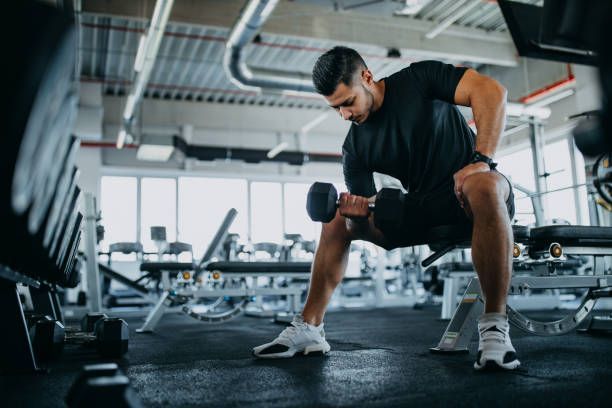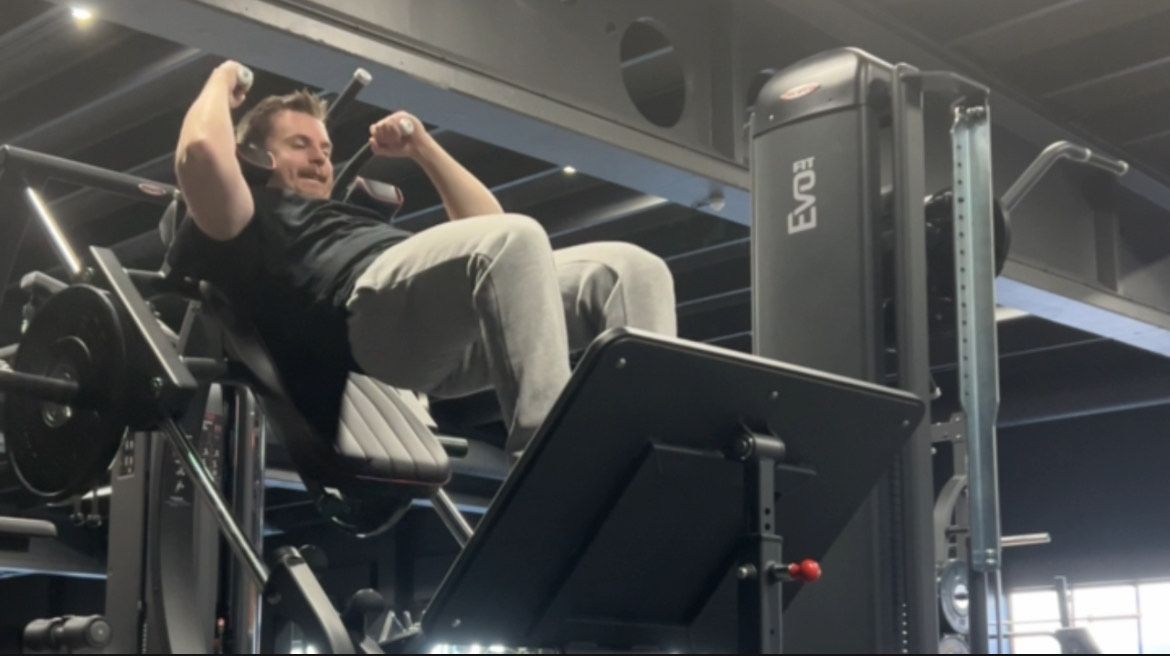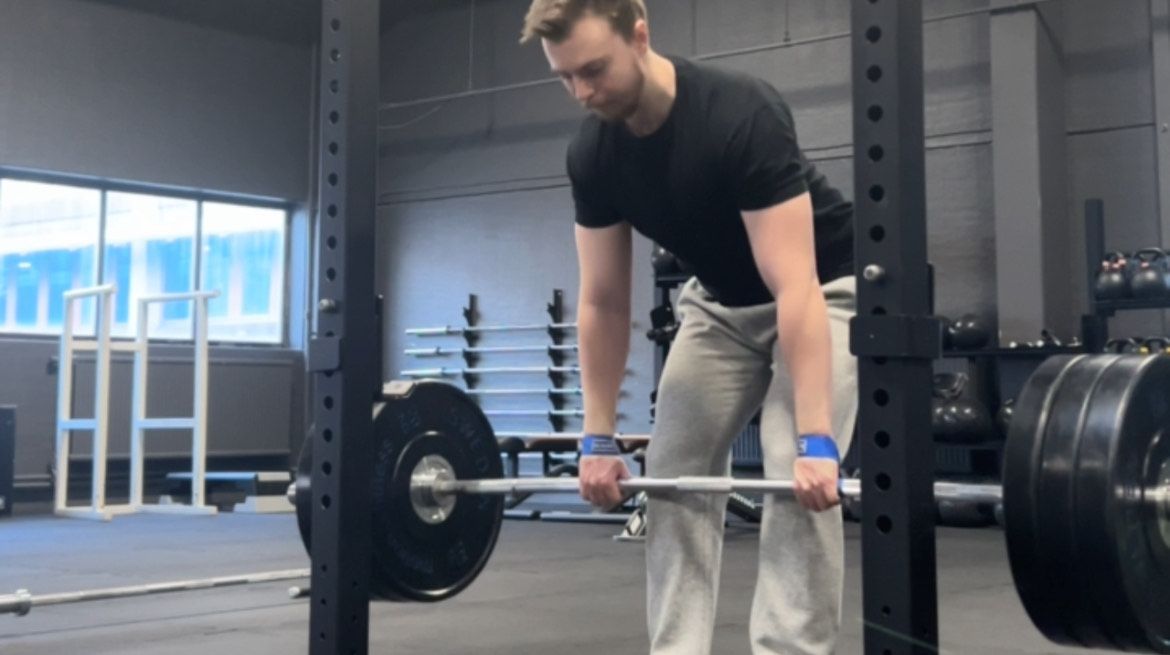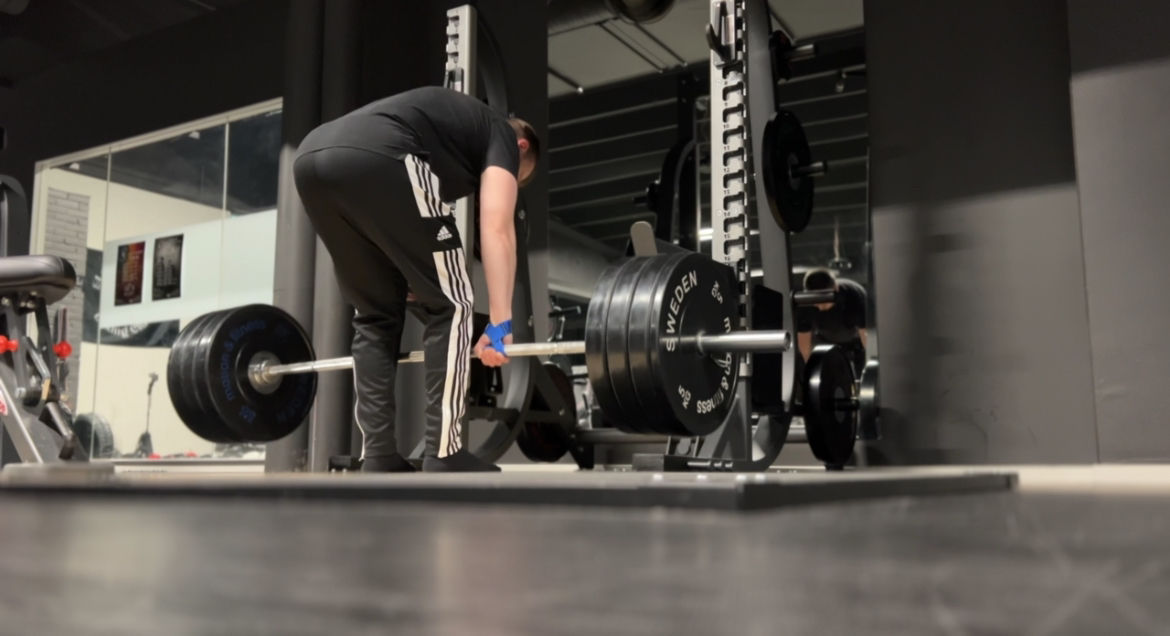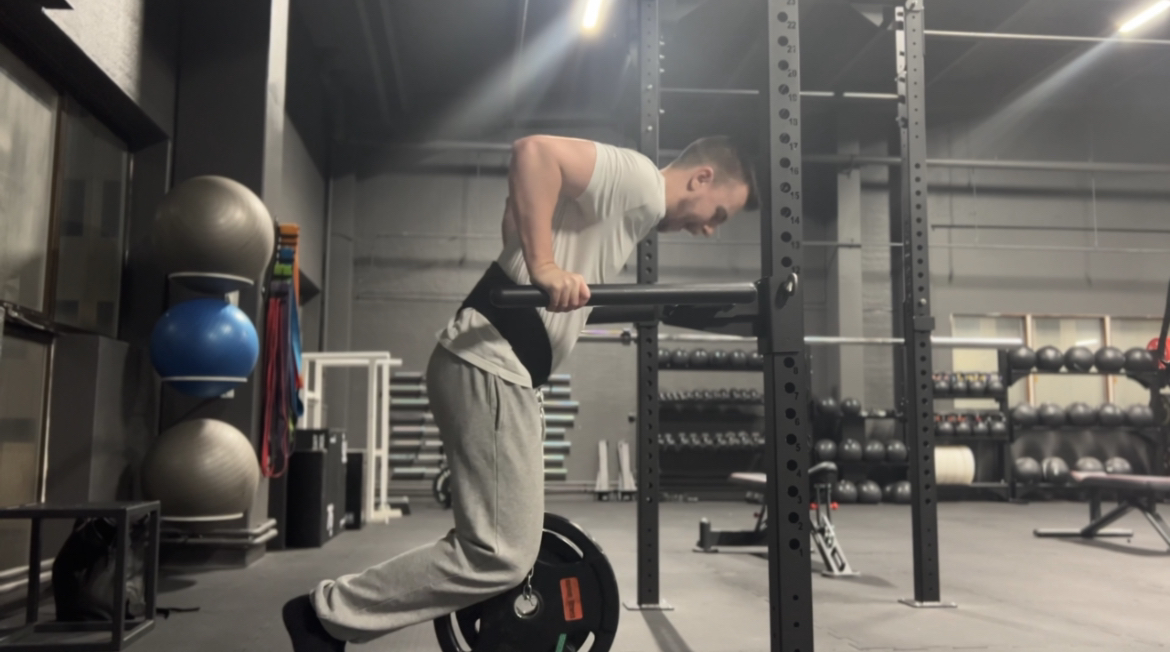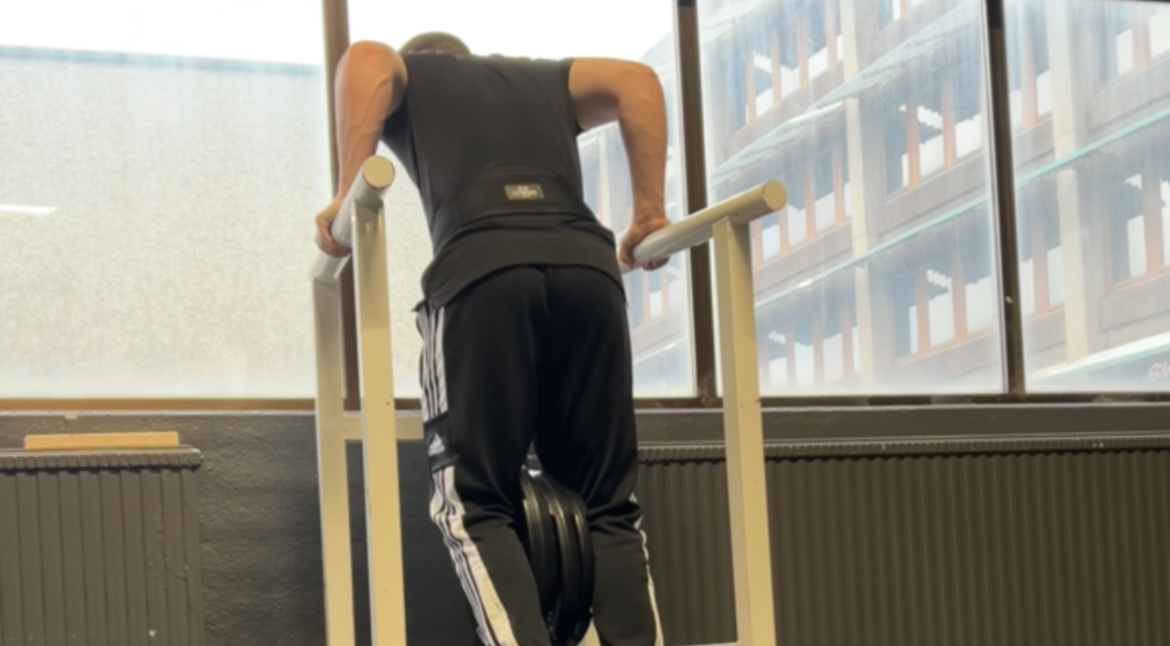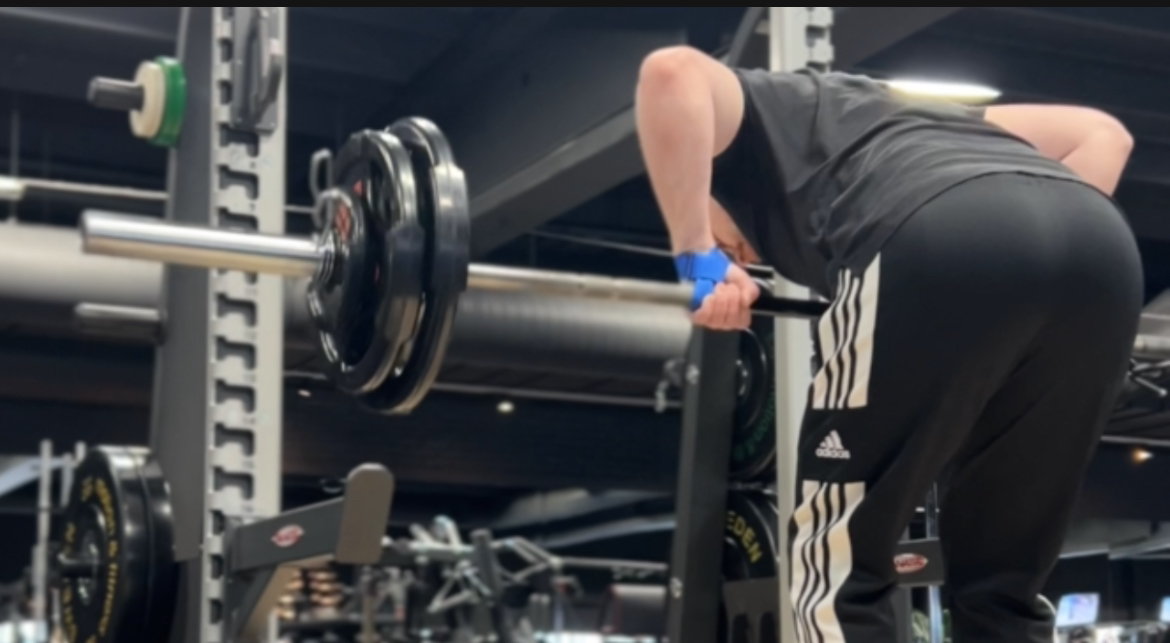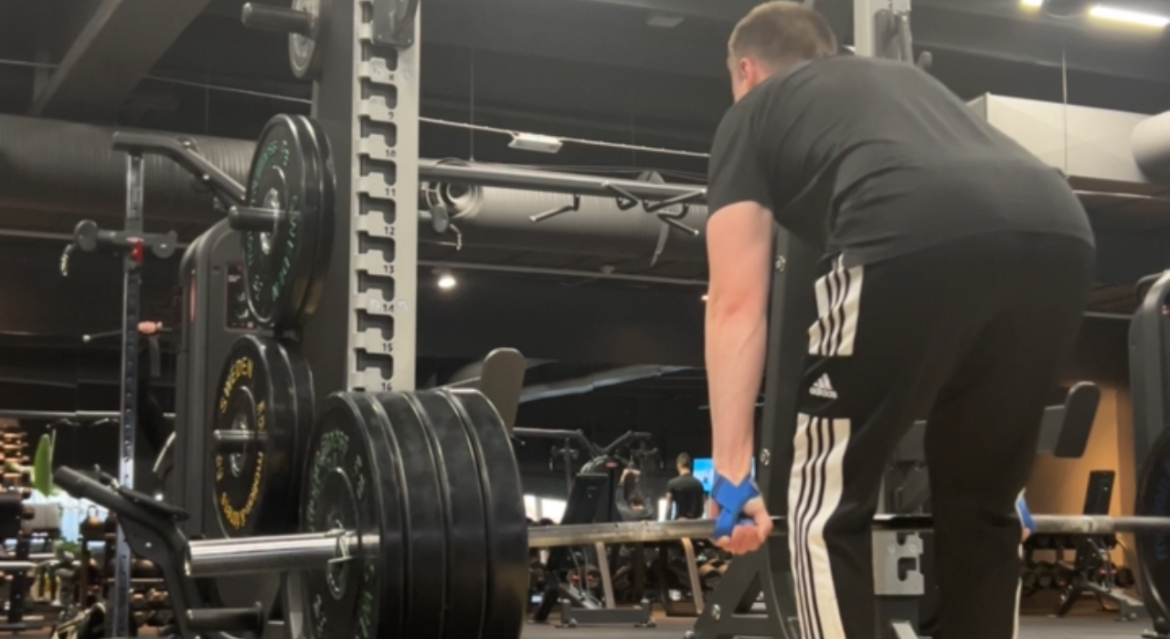Battle of the Rows: Barbell Row vs. Chest Supported Row
Which row is the best?
Rowing exercises play a crucial role in any well-rounded strength training program, targeting the muscles of the upper back and helping to build a strong, balanced physique. Two popular variations of rowing exercises are the Barbell Row and the Chest Supported Row. While both exercises aim to strengthen the back, they differ in terms of mechanics, muscle engagement, and overall effectiveness. In this article, we will explore the benefits and drawbacks of each, helping you make an informed decision about which rowing variation suits your fitness goals and preferences.
Barbell Row:
- Benefits:
a. Compound Movement: The Barbell Row is a compound exercise that engages multiple muscle groups simultaneously, including the lats, rhomboids, traps, and rear deltoids. This makes it an efficient choice for those looking to maximize muscle activation and stimulate overall back development.
b. Functional Strength: Performing Barbell Rows requires the lifter to stabilize their body, engaging the core and lower back muscles. This translates to improved functional strength, enhancing the lifter's ability to lift and carry objects in real-life situations.
c. Versatility: The Barbell Row can be easily customized by adjusting grip width and hand positioning, allowing lifters to target different areas of the back. This versatility makes it a valuable addition to any strength training routine. - Cons:
a. Risk of Lower Back Strain: Improper form or lifting too heavy can lead to excessive stress on the lower back. Maintaining a neutral spine and using proper technique is crucial to minimize this risk.
b. Limited Range of Motion: Some lifters may find that the Barbell Row restricts their range of motion compared to other rowing exercises, potentially limiting the activation of certain back muscles.
c. Requires Equipment: Performing Barbell Rows requires access to a barbell and weights, making it less convenient for individuals training at home without a well-equipped gym.
Chest Supported Row:
- Benefits:
a. Isolation of Back Muscles: Chest Supported Rows provide a stable base, isolating the back muscles and reducing the involvement of other muscle groups. This can be advantageous for lifters focusing on targeting specific areas of the back.
b. Reduced Lower Back Stress: Since the chest is supported, there is minimal stress on the lower back during Chest Supported Rows. This makes it a suitable alternative for individuals with lower back issues or those recovering from injuries.
c. Enhanced Scapular Movement: Chest Supported Rows allow for a greater range of motion and better scapular retraction, promoting improved posture and targeting the muscles responsible for shoulder blade stability. - Cons:
a. Less Core Engagement: The stability provided by the bench reduces the demand on the lifter's core muscles compared to Barbell Rows. This might be a drawback for those seeking exercises that challenge both the upper and lower body simultaneously.
b. Requires Specific Equipment: Like Barbell Rows, Chest Supported Rows typically require access to specialized equipment such as a chest-supported row machine or an adjustable bench. This can be a limitation for individuals training at home with limited equipment.
c. Potential for Imbalances: Relying solely on Chest Supported Rows may lead to muscle imbalances, as the stabilizing muscles in the lower back and core are not as engaged compared to free-weight exercises.
Conclusion:
In the battle of Barbell Rows vs. Chest Supported Rows, the ideal choice depends on individual goals, preferences, and physical condition. Both exercises offer unique benefits and drawbacks, making it essential for lifters to incorporate a variety of rowing movements into their training routine to ensure balanced development and reduce the risk of overuse injuries. Whether you prefer the versatility of Barbell Rows or the targeted isolation of Chest Supported Rows, a well-rounded approach to back training is key for optimal results.
